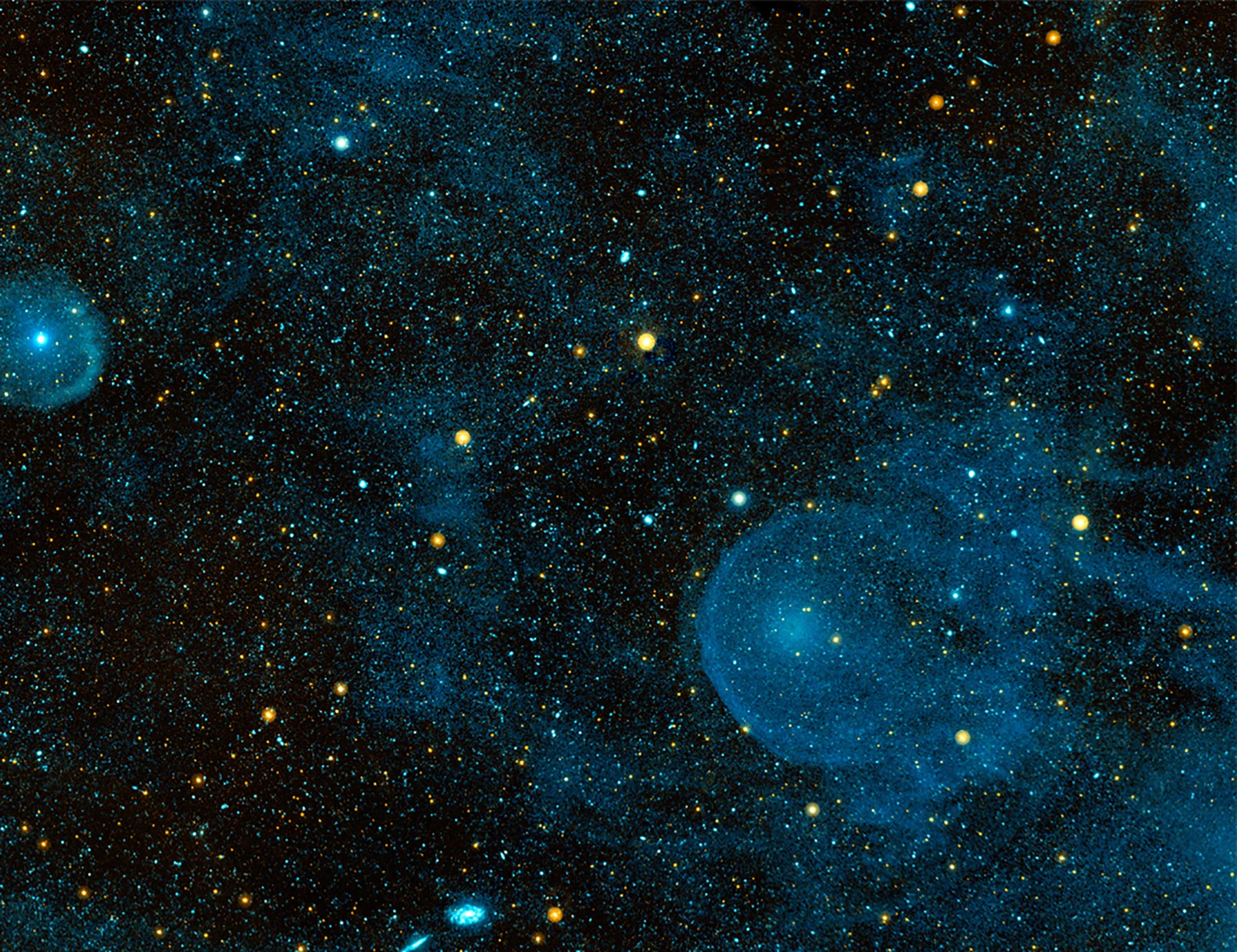Staring into space is the act of looking without purpose, simply allowing the mind to wander and drift.
A drifting mind is not overwhelmed by the outside world but is able to find stimulation from the inner world, to daydream.
Daydreaming is connected to creativity and allows ideas space to emerge and play, for thoughts to collide.
Kate Murphy, The New York Times, from an article titled No Time To Think.
I am not sure that anyone knows why this is the case, but perhaps it is because looking aimlessly out to sea, or at the landscape rushing past your train window, gives a sense of both distance and connection. I often find this when I’m looking down at a busy street from an upper floor window.
The scene is unceasingly active – people and traffic, weather, trees, birds – while I am still. I am at once part of that world and separate from it, entirely at liberty to give it as much or as little attention as I choose. It runs on in front of me, offering itself to me but demanding nothing, allowing my thoughts to wander freely as far from the street below as my imagination will allow.
If you’ve ever looked up at the night sky and stared at the endless number of stars which surround our planet you may well have experienced that strangely reassuring feeling of smallness. We feel both part of something bigger than ourselves and less overwhelmed by our own concerns.
From Clarice Bean, Don't Look Now by Lauren Child (Orchard Books, 2002).
From Wild Geese by Mary Oliver (1993).












